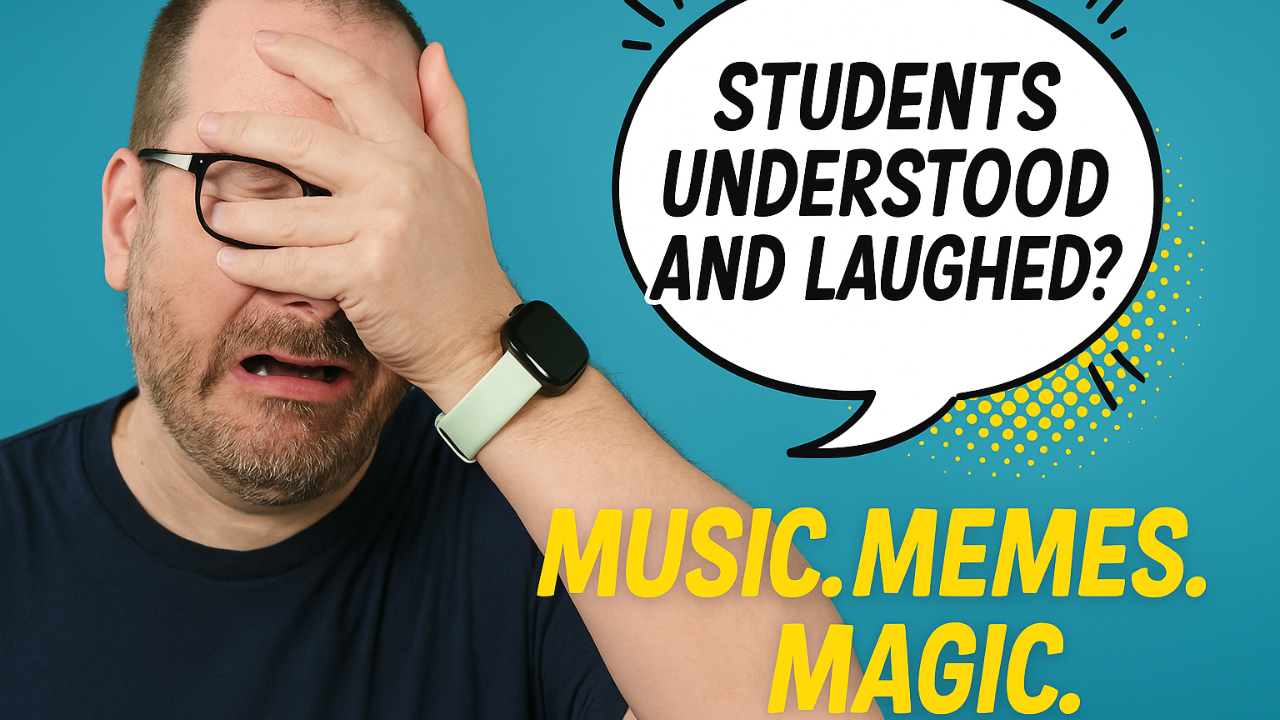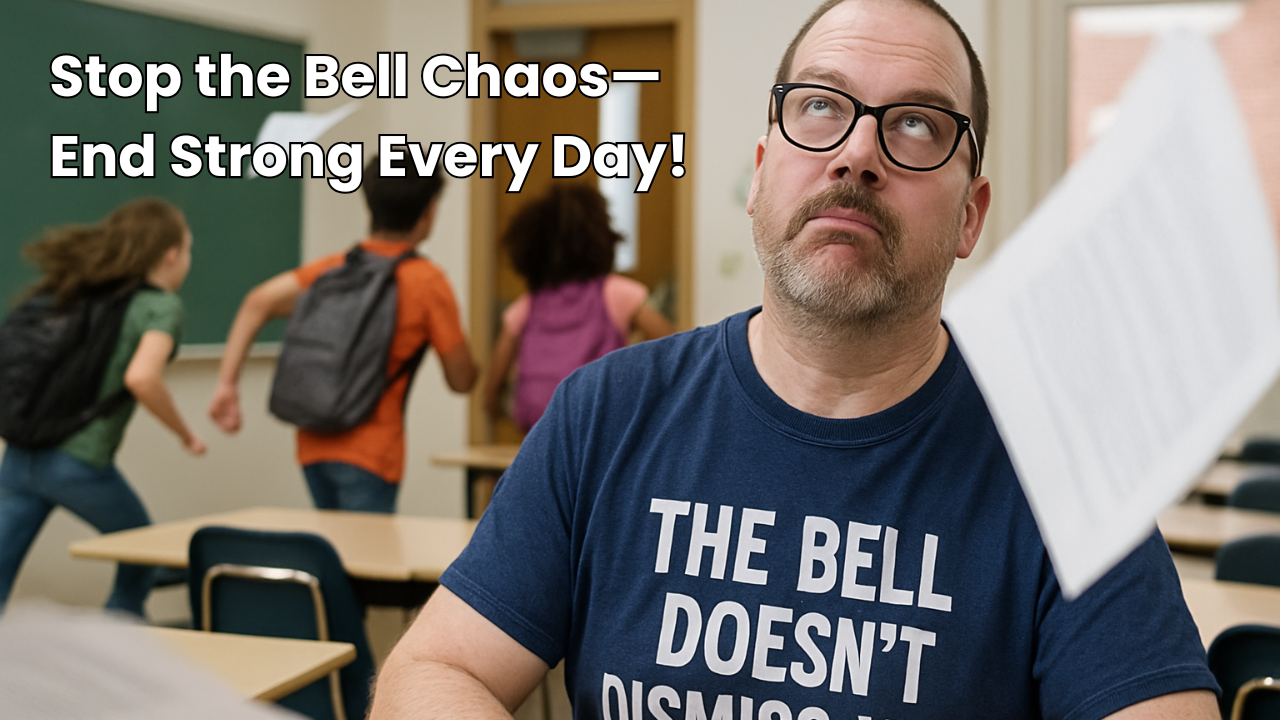
Technology has revolutionized the way we teach and learn languages, offering a wide range of tools and resources to enhance language acquisition.
In this blog post, I'll discuss five essential tools that can be utilized to create an engaging and effective learning environment.
These tools include Quizlet, Gamifying apps like Kahoot, Gimkit, and Blooket, Soundtrap, YouTube, and the Language Reactor Chrome extension.
Let's delve into each of these tools and discover how they can be employed to promote comprehensible input in the language classroom.
1. Quizlet: A Versatile Learning Platform
Quizlet is a well-known and versatile learning platform that offers various interactive activities for language learners.
Originally designed as a flashcard app, Quizlet has evolved to incorporate a plethora of features that go beyond simple vocabulary practice.
You can create customized sets of flashcards, incorporating images and audio recordings to enhance learning.
Students can engage in activities like flipping cards, matching games, quizzes, and more.
Quizlet also allows for differentiation, enabling your students to study at their own pace and track their progress.
You can also create sets that target specific language skills, such as circumlocution or question-and-answer exercises, fostering a deeper understanding of the language.
2. Gamifying Apps: Kahoot, Gimkit, and Blooket
Gamifying apps such as Kahoot, Gimkit, and Blooket have become quite popular in language classes over the past few years.
These apps offer a variety of interactive games and quizzes that promote language practice in a fun and competitive environment.
You can create your own sets of questions or import existing sets from platforms like Quizlet.
I had a lot of sets on Quizlet over the years and was able to import them to both Blooket and Gimkit.
Students can participate in live game sessions or complete assignments independently, reinforcing their language skills through gameplay.
These apps provide an excellent opportunity for collaborative learning, competition, and active engagement, making language learning an enjoyable experience.
3. Soundtrap: Audio Recording for Language Learning
Soundtrap is an audio recording app that can greatly benefit students, particularly in listening comprehension activities.
With Soundtrap, you can record listening assessments, practice exercises, or audio materials for your students.
Recording assessments ensures that all students receive the same content and that assessments are fair and consistent. I don't know about you, but by the end of the day, I would be racing through reading the listening prompt and the poor kids in 7th period had to hear it so fast compared to 1st period. :(
I also love how you can save and organize your recordings into folders.
This app can also be valuable for absent students who need to catch up on missed listening activities or for creating practice quizzes that students can complete independently.
4. YouTube: A Treasure Trove of Language Resources
YouTube is not just a platform for entertainment; it also offers a wealth of educational content for language learners. I'm constantly learning new things on youtube and very rarely watch it for entertainment purposes.
You can search for channels dedicated to language learning in specific languages and find videos that align with their curriculum.
These videos can be assigned as homework, in-class activities, or substitute teacher assignments. Channels like Alyce Ayel French Stories, Easy German, and other language-specific resources provide engaging content with closed captions or subtitles.
Closed captions offer a more accurate representation of spoken language, benefiting students' listening comprehension skills.
Did you know you can download YouTube videos?
Yep! That's right! You can download YouTube videos so that you always have access to them even when the internet is down.
Just search Google for sites that allow you to download YouTube videos. These sites are ever-changing, so I can't list any here, but just search and you'll find!
5. Language Reactor Chrome Extension: Enhancing Netflix for Language Learning
The Language Reactor Chrome extension is a powerful tool that integrates with Netflix, allowing language learners to utilize the platform for immersive language practice.
By selecting the target language and enabling closed captions, learners can watch movies, TV shows, and documentaries while simultaneously viewing subtitles in the target language.
The Language Reactor extension goes beyond standard subtitles by providing an enhanced learning experience. It allows users to highlight words or phrases, save them for later review, and access their personalized library of saved vocabulary.
This extension helps students acquire language through authentic content, enabling students to improve their listening and reading comprehension skills in an enjoyable and personalized manner.
Technology has opened up countless opportunities for language learning and teaching.
The five tools discussed in this blog post, Quizlet, Gamifying apps, Soundtrap, YouTube, and the Language Reactor Chrome extension, provide educators with powerful resources to promote comprehensible input in their language classrooms.
These tools enhance engagement, differentiation, and accessibility while fostering active language practice and improving students' overall language proficiency.
By harnessing the potential of technology, you can create dynamic and effective learning experiences that cater to the needs and interests of your students.



